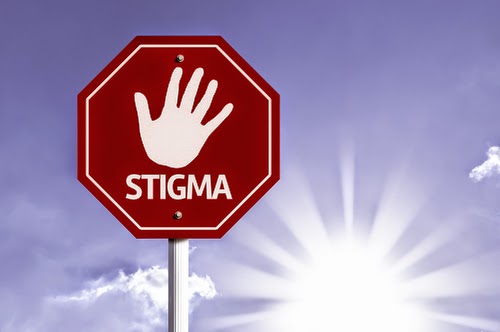By Gail A. Edelsohn, MD, MSPH
 We come across ads in print, on television
and on the Internet for medications and therapies that promise to make your child
do his homework without a screaming match, behave better and generally restore
harmony to home life. Not so easy, taking a medication raises a host of
questions: How long does the therapy
take? Should I as the parent sign off on this? What about the possible serious
side effects, such as significant weight gain, thoughts about suicide, risk of
diabetes or a life-threatening condition?
We come across ads in print, on television
and on the Internet for medications and therapies that promise to make your child
do his homework without a screaming match, behave better and generally restore
harmony to home life. Not so easy, taking a medication raises a host of
questions: How long does the therapy
take? Should I as the parent sign off on this? What about the possible serious
side effects, such as significant weight gain, thoughts about suicide, risk of
diabetes or a life-threatening condition? Parents and legal guardians make
decisions about psychosocial therapy and medication treatment for children and
adolescents every day. But who should give permission and sign informed
consent? What should parents, advocates,
guardians be looking for or consider before signing informed consent? Is
signing a form enough? What about the child
or teen - do they have a voice regarding their own treatment?
Parents and legal guardians make
decisions about psychosocial therapy and medication treatment for children and
adolescents every day. But who should give permission and sign informed
consent? What should parents, advocates,
guardians be looking for or consider before signing informed consent? Is
signing a form enough? What about the child
or teen - do they have a voice regarding their own treatment?
What is Informed Consent?
Psychiatric informed consent
involves a parent or legal guardian giving
permission for his/her child to undergo evaluation and treatment. It is a
process which partly involves receiving sufficient relevant information about
the condition, prognosis, risks and benefits of treatment to be given and other
types of treatment available. Informed consent is NOT simply a signed and dated
form. Parents and guardian should expect informed consent to include:
The purpose of the treatment- To address a specific condition or diagnosis?
- To lessen symptoms?
- To change behaviors?
- How will you know if it is working?
- How long till you see an effect?
- Side effects of medications
- Consequences of psychosocial treatment (e.g., therapy can be emotionally difficult)
- Will symptoms improve over time without treatment?
- Will things get worse or lead to other consequences? (e.g., Untreated individuals are more likely to use substances, get into legal trouble)
For medication
- Is it FDA approved for this age and condition? (i.e., prescribed FDA on label)
- If it is prescribed off-label, why?
- Are there any FDA warnings about the medication and what do they mean?
- What is the plan for stopping or phasing out the medication?
Parents and legal guardians are
asked to give legal permission or informed consent for treatment. If a child is in foster care, it may be the
parent or it may be child welfare service or court that can give consent. Where a child is living (home, out of home
placement) does not tell you who the legal guardian is. In some states an adolescent may give
informed consent for psychiatric treatment depending on the state’s legislation
about mental health procedures. Ideally the parents/guardians and the child
should be involved in treatment decision making.
Children also have a voice in this process. Children and youth should be involved in giving assent. Assent involves providing the child or teen with information about the therapy or medication in terms appropriate to their age and stage of development. The assent process should include opportunities for the child/adolescent to ask questions and have their concerns addressed.
Gail A. Edelsohn, MD, MSPH, is senior medical officer with Community Care Behavioral Health, clinical professor of psychiatry and human behavior, Jefferson Medical College, and clinical professor of psychiatry and behavioral science, Temple University School of Medicine.











